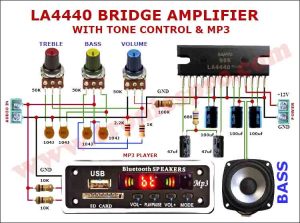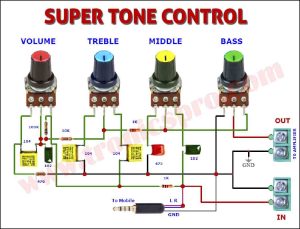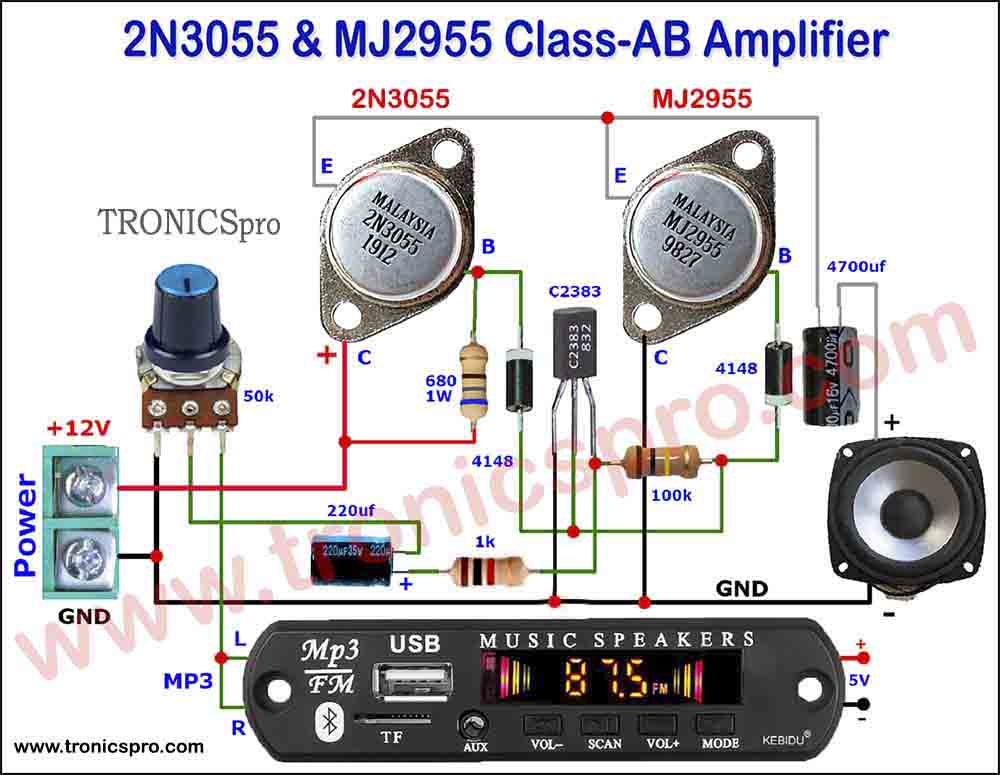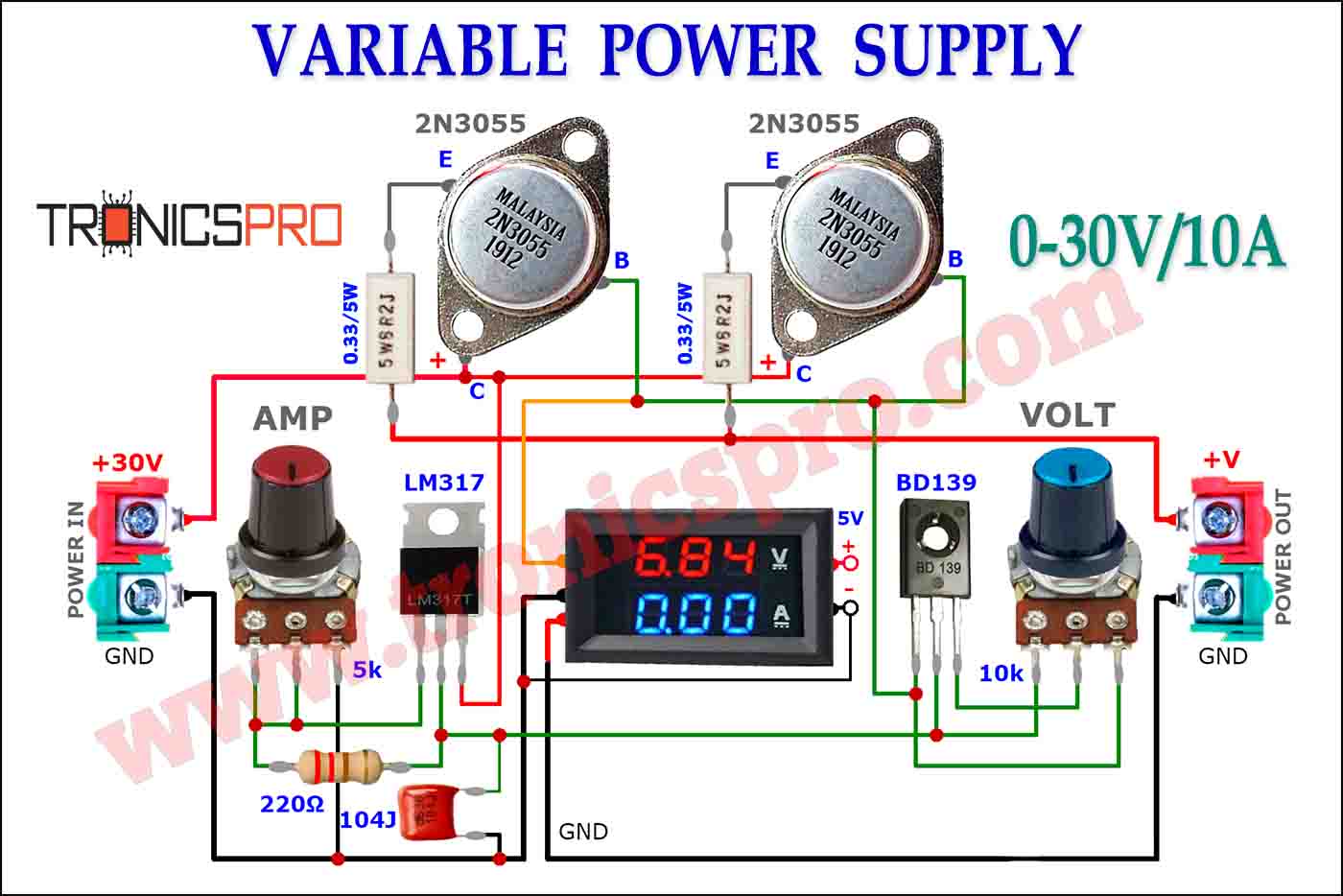Introduction
A polarity protection circuit diagram is a useful tool for any electrical engineer looking to protect circuits from damage due to unexpected changes in voltage polarity. The design of such a circuit usually involves placing a diode between the incoming power source and the load, with the diode’s cathode facing toward the load. This stops current flow through the load when an unintended change in voltage polarity occurs. Additionally, a resistor placed in series with the diode helps protect against current surges. The rest of the components used are largely dependent on what type of load is being protected, such as voltage regulators or inductive loads that create back-EMFs when switched off. Though designing this type of circuit can be tricky at first, it’s definitely worth taking on if you want to keep your electronic systems safe.
Circuit Diagram
of Polarity Protection Circuit Diagram

More Circuit Layouts








Working Explanation
of Polarity Protection Circuit Diagram
In lots of cases, the battery or batteries in digital equipment may be inserted with the wrong polarity. It's far, therefore, recommended to use polarity protection consisting of proven in the diagrams. It must be mentioned that even though a Schottky diode may be used, this reasons a voltage drop of a few hundred millivolts, which within the case of a 3 v or 1.5 v battery delivery is too much. The safety within the diagrams no longer purpose any discount within the supply voltage.
The use of a MOSFET, p-channel, or n-channel, as the case may be, ensures that when the polarity is correct, the battery voltage is applied to the load without any loss. For good efficiency, it is best to use an n-channel MOSFET, although this has the disadvantage of having to be inserted in the negative supply
line. In cases where this is impossible or impractical, a
p-channel device must be used.
In the choice of MOSFET, it must be borne in mind that the drain-source breakdown voltage, V(BR)DSS, must be larger than the battery voltage to ensure that the transistor survives an incorrectly connected battery. At the same time, the gate threshold voltage, VGS(th) must be small compared with the battery voltage to ensure that, provided the polarity is correct, the transistor can transfer the battery voltage to the load. Suitable types are certain HEXFETS from International
Rectifier. In the case of n-channel types, the IRF7401 in a SO-8 case, the IRF7601 in a Micro-8 case, and the IRLML in a Micro-3 case are suitable. Types suitable for p-channel operation are the IRF7404 in a SO-8 case, the IRF7604 in a Micro-8 case, and the IRML6302 in a Micro-3 case.
More Circuits, You May Like:
- 100 Watts LM3886 Amplifier Circuit Diagram
- Auto Volume Tone Control Circuit Diagram
- Build Your Own Stereo Amplifier with TDA1552 DIY
- Stereo Amplifier NE5532 Circuit Diagram
- Fifth-Order Low-Pass Filter Circuit Diagram
- Ultra-Low-Noise Preamplifier Circuit Diagram
- Amplifier Drive Indicator Circuit Diagram
- Car Booster Amplifier Adaptor Circuit Diagram
- Digital Audio Input Selector DIY Circuit
- Bass amplifier for surround sound
Conclusion
The importance of polarity protection in electrical systems is not to be underestimated. It’s important to understand that the direction of the current flow must be known at all times and that any problems or changes in polarity must be corrected immediately. Having polarity protection can help safeguard against improper wiring, faulty electrical components, or sudden load changes that could cause power surges, damage equipment, or worse. This kind of protection also extends to human safety if a technician works with exposed lines as incorrect wiring can lead to dangerous sparks or shocks. Ultimately, having polarity protection is an essential part of keeping any electrical system up and running safely for everyone involved.



























